Red Hat unveils common Kubernetes platform for Windows and Linux
The service makes it possible to manage Linux and Windows-based containerized workloads side by side
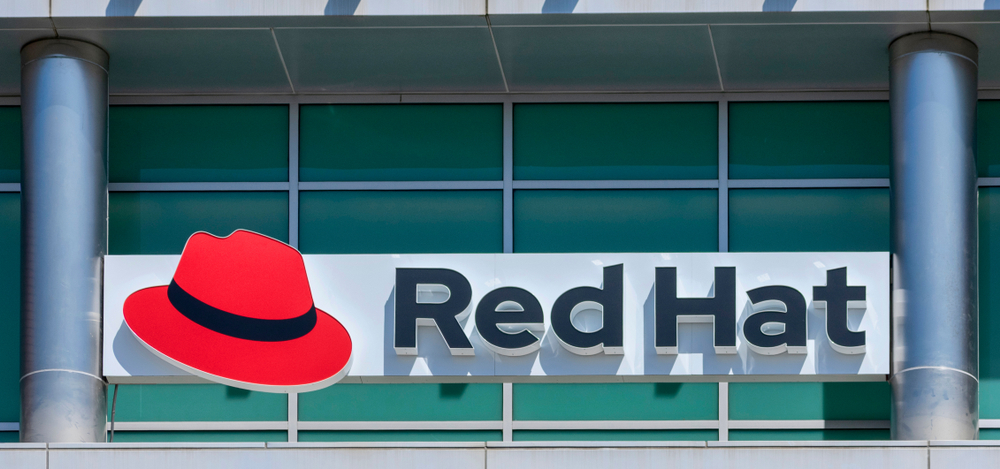
Red Hat has announced the general availability of its common Kubernetes foundation for Windows and Linux container workloads: Red Hat OpenShift Support for Windows Containers.
Containers allow organizations to package and run Windows and Linux applications on-premises and in the cloud. With Red Hat’s new service, enterprises can simultaneously manage Linux and Windows-based containerized workloads, eliminating the need for parallel software processing across hybrid cloud environments.
“Red Hat OpenShift already provides enterprises with a powerful foundation to connect workloads across the hybrid cloud and with each new feature or capability we aim further that mission,” said Ashesh Badani, senior vice president of cloud platforms at Red Hat.
“With Red Hat OpenShift Support for Windows Containers, organizations no longer need to manage separate IT stacks for their Linux and Windows containers — helping to break down silos and make it easier for enterprises to pursue their cloud-native agenda.”
Red Hat said OpenShift Support for Windows Containers uses the certified OpenShift operator Windows Machine Config Operator (WMCO) to manage Windows containers within the OpenShift console.
With WMCO as the linchpin, the platform orchestrates Red Hat Enterprise Linux and Windows to run as building blocks of applications. Organizations can choose to run Windows containers on Red Hat OpenShift across the open hybrid cloud, including bare-metal servers, AWS, Google Cloud, IBM Cloud, Microsoft Azure, and, in the future, VMware vSphere.
Furthermore, Red Hat OpenShift Support for Windows Containers provides organizations with the ability to move Windows containers to Red Hat OpenShift without entirely rewriting the code.
Get the ITPro daily newsletter
Sign up today and you will receive a free copy of our Future Focus 2025 report - the leading guidance on AI, cybersecurity and other IT challenges as per 700+ senior executives
The platform can help lower deployment costs for containerized workloads in heterogeneous IT environments and improve productivity and DevOps agility by providing cloud-native management.
Finally, Red Hat says the platform can increase applications’ survivability across hybrid cloud environments, including public cloud deployments and edge installations.
-
 Should AI PCs be part of your next hardware refresh?
Should AI PCs be part of your next hardware refresh?AI PCs are fast becoming a business staple and a surefire way to future-proof your business
By Bobby Hellard
-
 Westcon-Comstor and Vectra AI launch brace of new channel initiatives
Westcon-Comstor and Vectra AI launch brace of new channel initiativesNews Westcon-Comstor and Vectra AI have announced the launch of two new channel growth initiatives focused on the managed security service provider (MSSP) space and AWS Marketplace.
By Daniel Todd
-
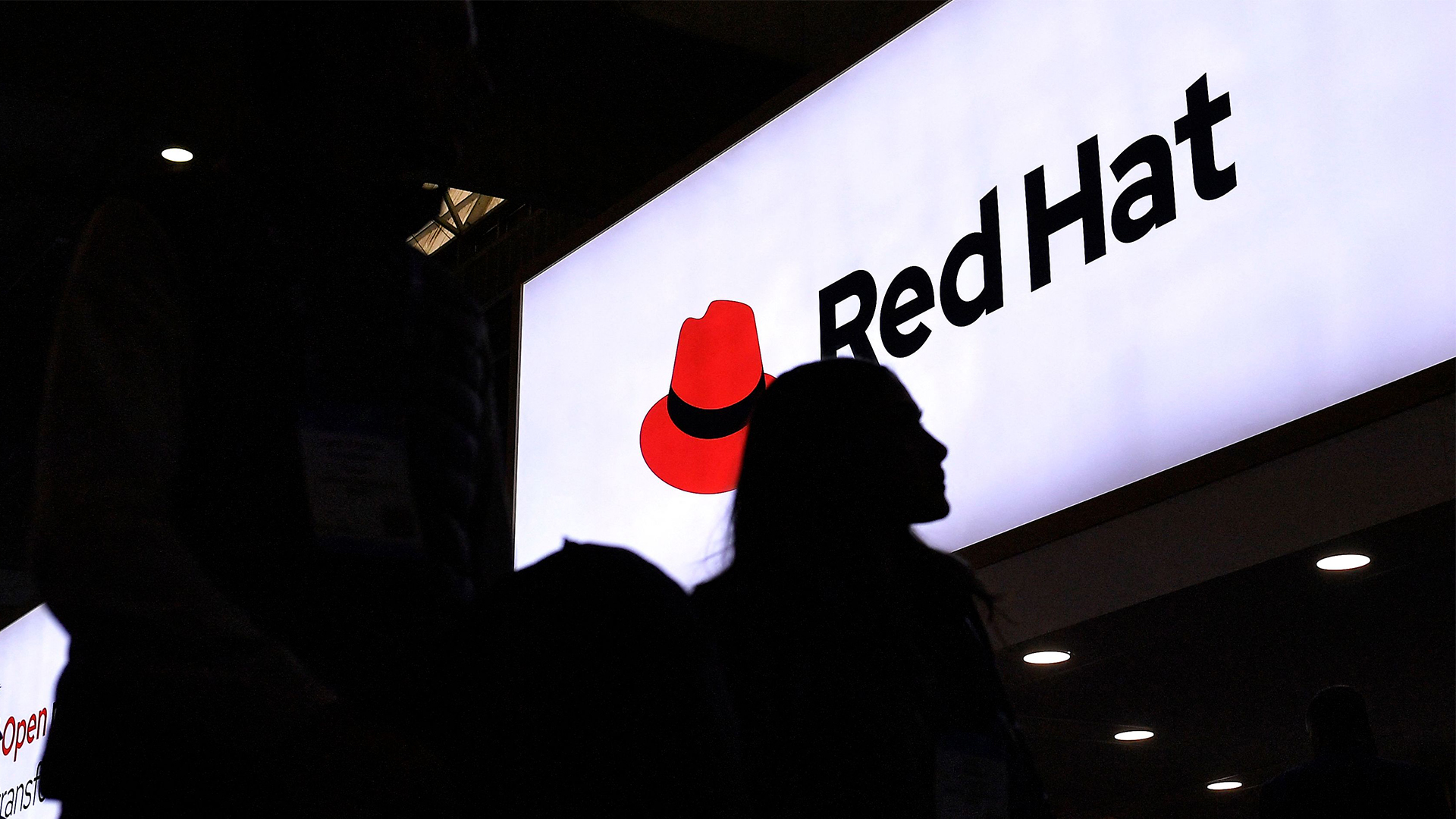 Red Hat just made three big changes to its developer hub – here’s what you need to know
Red Hat just made three big changes to its developer hub – here’s what you need to knowNews Red Hat has unveiled a raft of upgrades for Red Hat Developer Hub (RDHD), including support for a local version as well as new analytics.
By Nicole Kobie
-
 Red Hat launches Build module as part of partner program refresh
Red Hat launches Build module as part of partner program refreshNews Red Hat has announced new changes to its partner program, including the launch of a new 'Build' module and go-to-market support capabilities.
By Daniel Todd
-
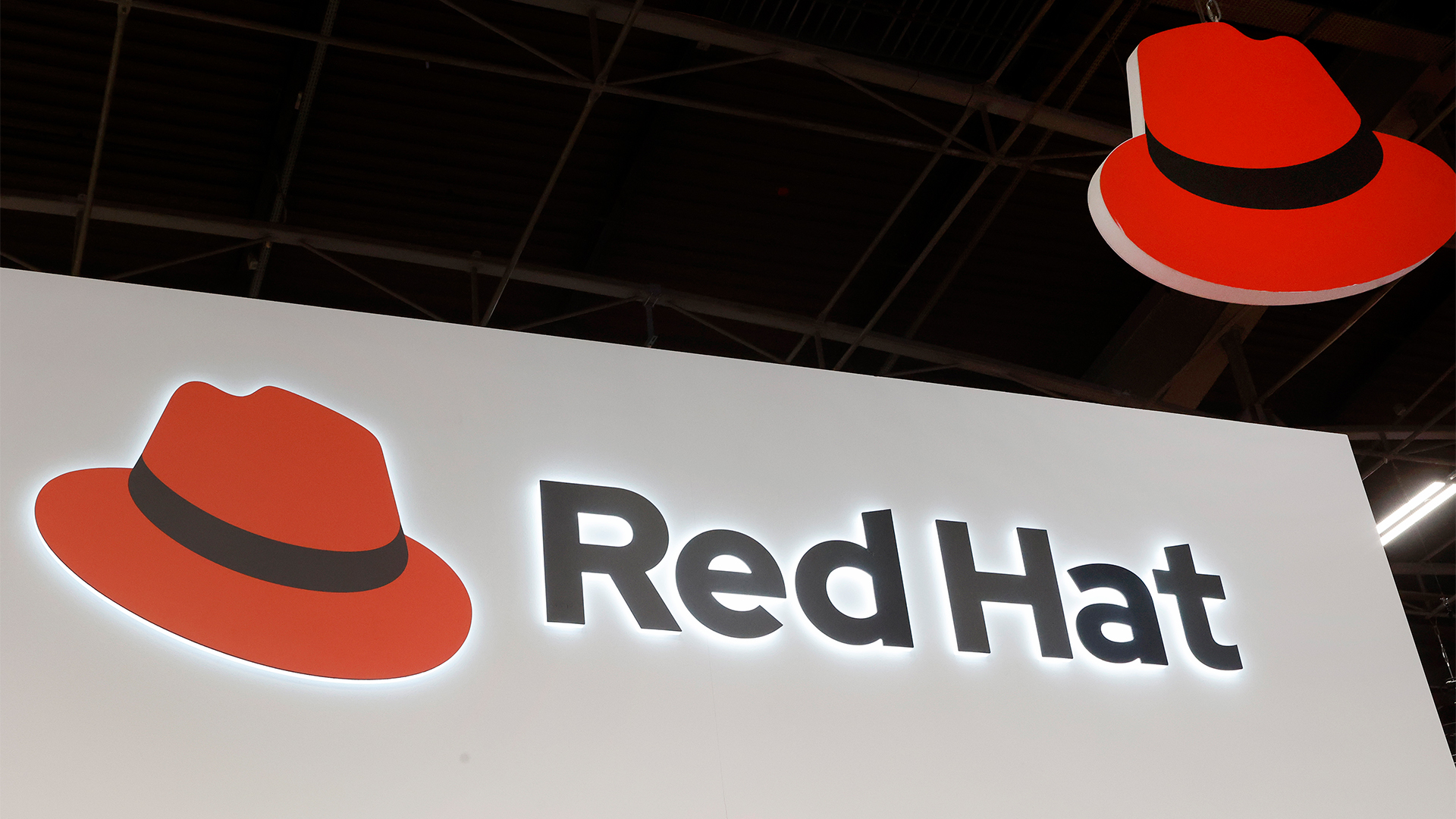 Red Hat eyes “clear pathways for collaboration” with new partner program updates
Red Hat eyes “clear pathways for collaboration” with new partner program updatesNews The enhanced framework for Red Hat partners features a new modular design and fresh incentives
By Daniel Todd
-
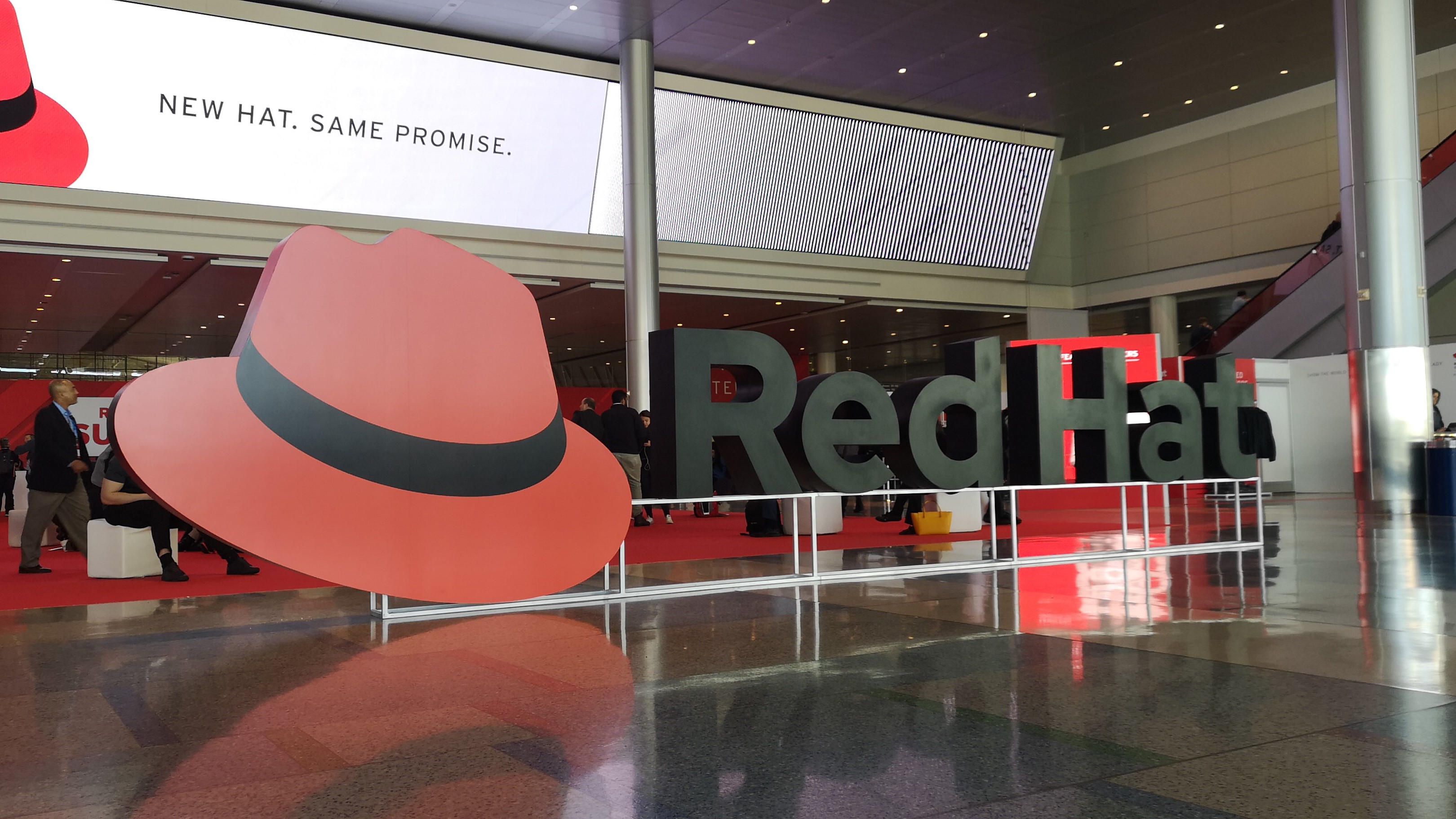 Red Hat adds trio of new tools to its Trusted Software Supply Chain
Red Hat adds trio of new tools to its Trusted Software Supply ChainNews The open-source giant said the additions will help organizations tackle vulnerabilities in their supply chains earlier and improve overall resiliency
By Daniel Todd
-
 Linux Blue Screen of Death gives users a taste of the dreaded Windows feature
Linux Blue Screen of Death gives users a taste of the dreaded Windows featureNews The Linux Blue Screen of Death has been added in a recent update
By Ross Kelly
-
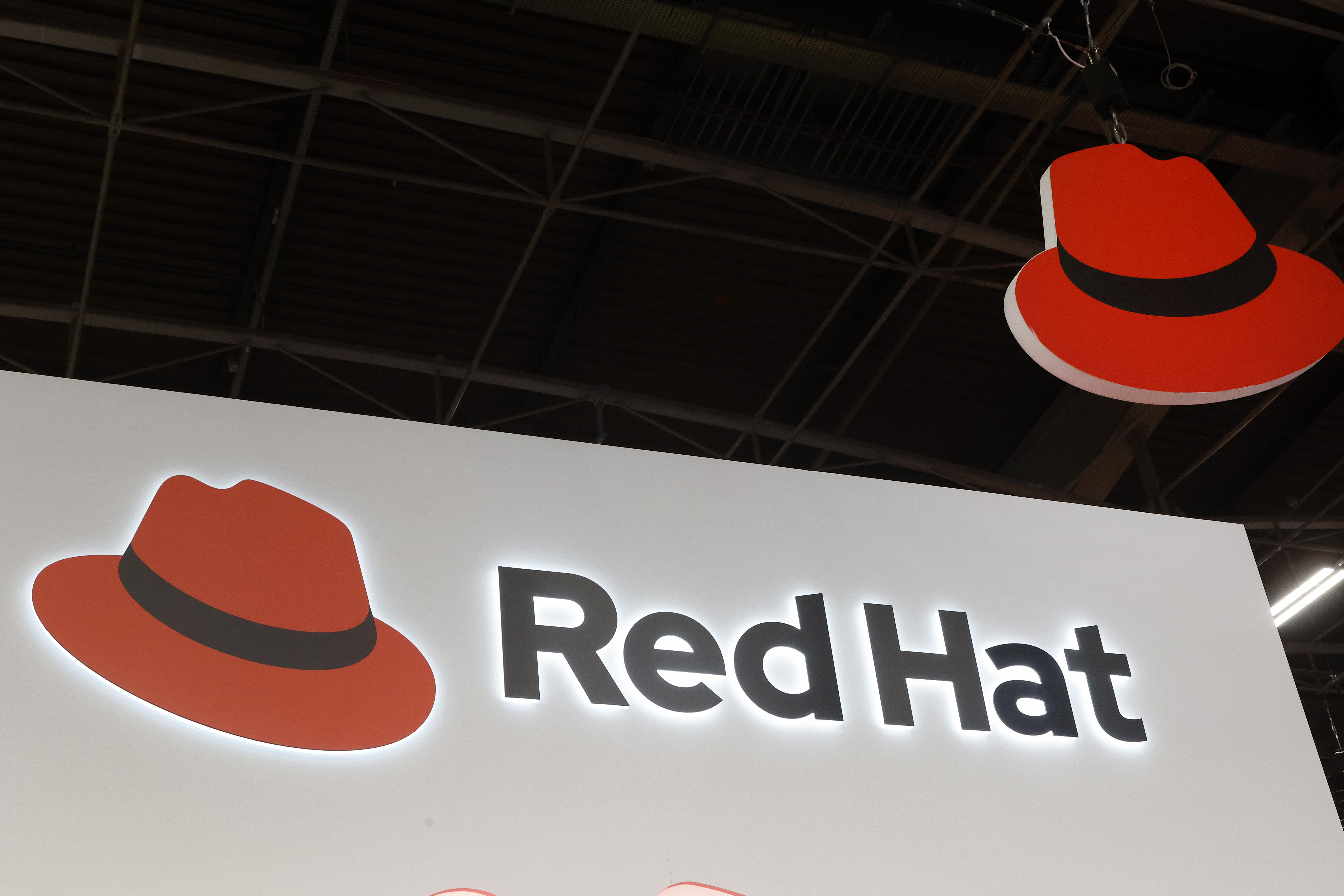 Red Hat Enterprise Linux becomes foundational operating system for Cohesity Data Cloud
Red Hat Enterprise Linux becomes foundational operating system for Cohesity Data CloudNews New strategic partnership between Red Hat and Cohesity aims to drive innovation in the data security and management space
By Daniel Todd
-
 Can the Open Enterprise Linux Association overcome Red Hat’s restrictions?
Can the Open Enterprise Linux Association overcome Red Hat’s restrictions?Analysis Defining how compatibility will be achieved is the crucial question in the Red Hat Enterprise Linux saga
By Richard Speed
-
 AlmaLinux follows Oracle in ditching RHEL compatibility
AlmaLinux follows Oracle in ditching RHEL compatibilityNews Application binary compatibility is now the aim with 1:1 now dropped
By Richard Speed